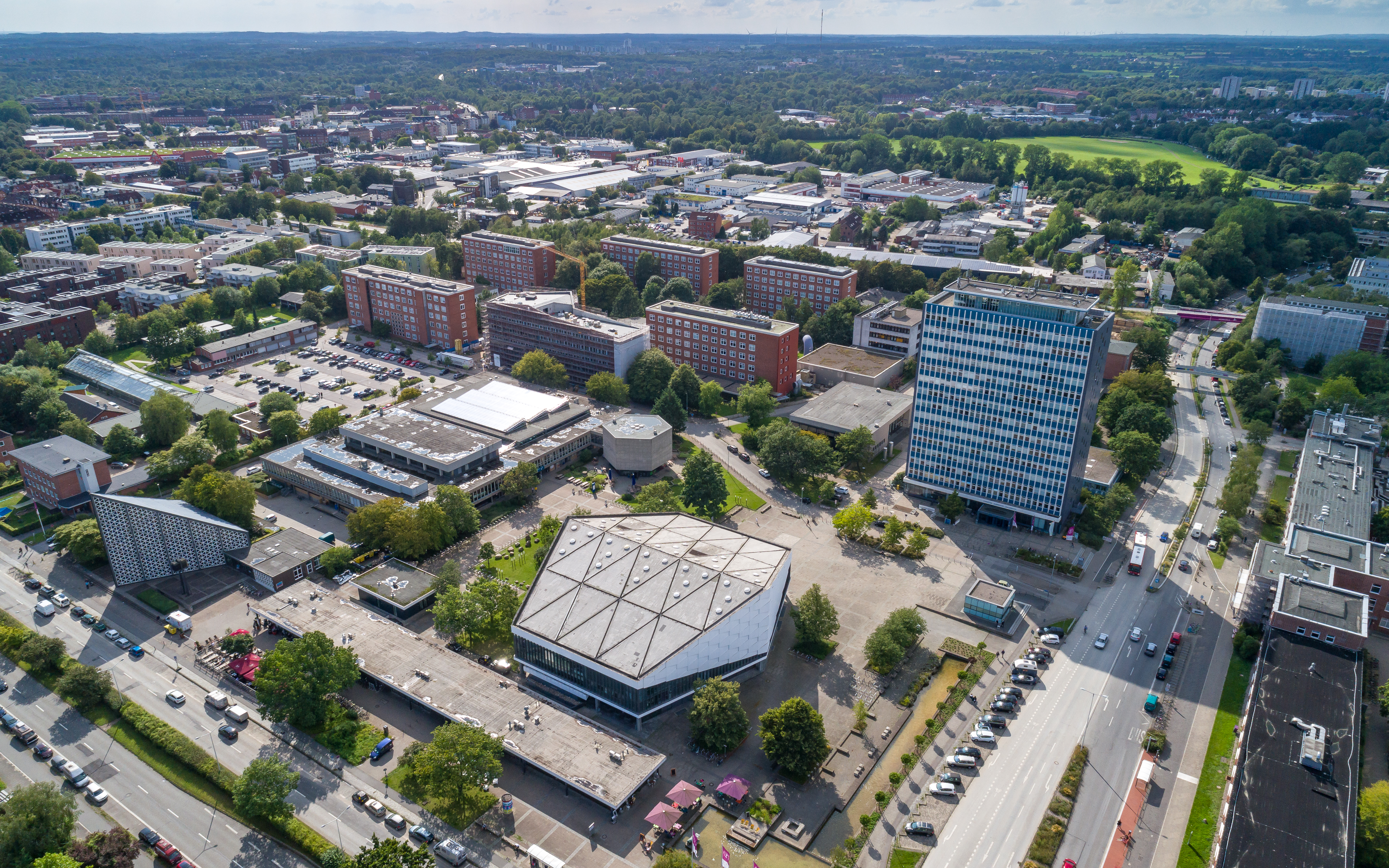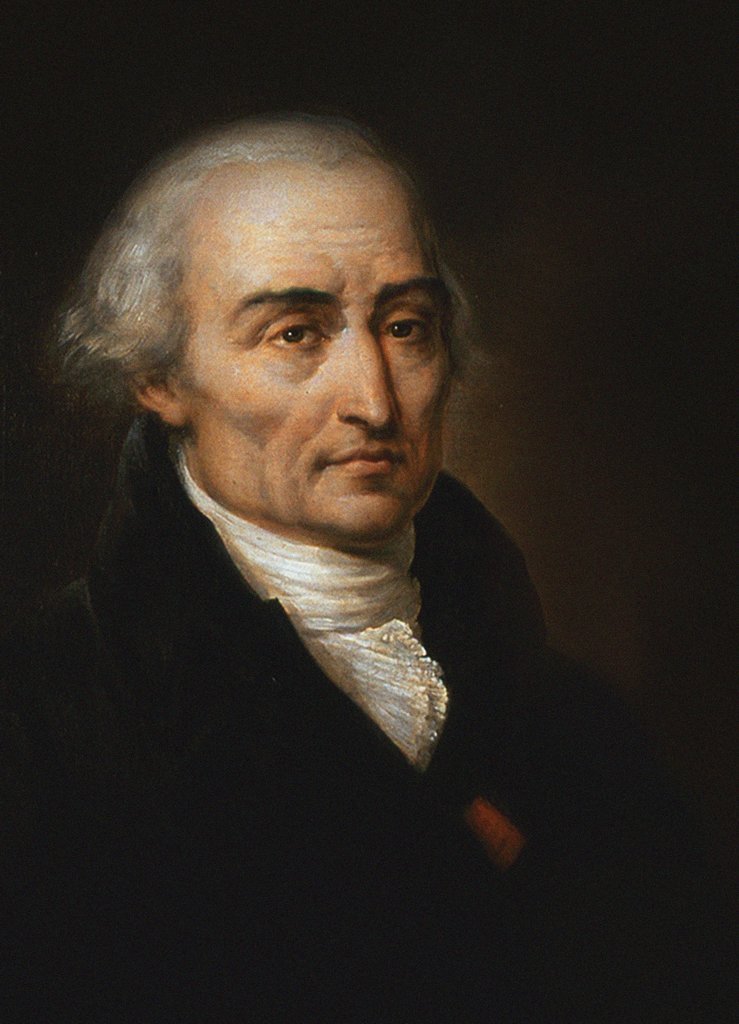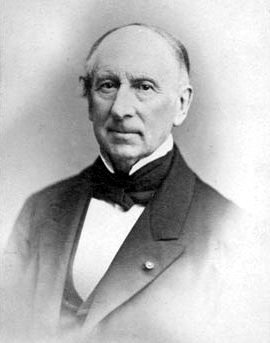|
Paul Stäckel
Paul Gustav Samuel Stäckel (20 August 1862, Berlin – 12 December 1919, Heidelberg) was a German mathematician, active in the areas of differential geometry, number theory, and non-Euclidean geometry. In the area of prime number theory, he used the term ''twin prime'' (in its German form, "Primzahlzwilling") for the first time. After passing his ''Abitur'' in 1880 he studied mathematics and physics at the University of Berlin, but also listened to lectures on philosophy, psychology, education, and history. A year later he qualified for teaching in higher education and then taught at ''Gymnasien'' in Berlin. In 1885 he wrote his doctoral dissertation under Leopold Kronecker and Karl Weierstraß. In 1891 he completed his ''Habilitation'' at the University of Halle. Later he worked as a professor at the University of Königsberg ('' außerordentlicher Professor'' from 1895 to 1897), the University of Kiel (''ordentlicher Professor'', 1897 to 1905), University of Hannover (1905 ... [...More Info...] [...Related Items...] OR: [Wikipedia] [Google] [Baidu] |
University Of Kiel
Kiel University, officially the Christian Albrecht University of Kiel, (, abbreviated CAU, known informally as Christiana Albertina) is a public research university in the city of Kiel, Germany. It was founded in 1665 as the ''Academia Holsatorum Chiloniensis'' by Christian Albert, Duke of Holstein-Gottorp and has approximately 27,000 students today. It is the largest, oldest, and most prestigious university in the state of Schleswig-Holstein. Until 1866, it was not only the northernmost university in Germany but at the same time the 2nd largest university of Denmark. Faculty, alumni, and researchers of Kiel University have won 12 Nobel Prizes. Kiel University has been a member of the German Universities Excellence Initiative since 2006. The Cluster of Excellence The Future Ocean, which was established in cooperation with the GEOMAR Helmholtz Centre for Ocean Research Kiel in 2006, is internationally recognized. The second Cluster of Excellence "Inflammation at Interfaces" d ... [...More Info...] [...Related Items...] OR: [Wikipedia] [Google] [Baidu] |
Carl Gustav Jacobi
Carl Gustav Jacob Jacobi (; ; 10 December 1804 – 18 February 1851) was a German mathematician who made fundamental contributions to elliptic functions, dynamics, differential equations, determinants and number theory. Biography Jacobi was born of Ashkenazi Jewish parentage in Potsdam on 10 December 1804. He was the second of four children of a banker, Simon Jacobi. His elder brother, Moritz, would also become known later as an engineer and physicist. He was initially home schooled by his uncle Lehman, who instructed him in the classical languages and elements of mathematics. In 1816, the twelve-year-old Jacobi went to the Potsdam Gymnasium, where students were taught all the standard subjects: classical languages, history, philology, mathematics, sciences, etc. As a result of the good education he had received from his uncle, as well as his own remarkable abilities, after less than half a year Jacobi was moved to the senior year despite his young age. However, as the Univ ... [...More Info...] [...Related Items...] OR: [Wikipedia] [Google] [Baidu] |
Adrien-Marie Legendre
Adrien-Marie Legendre (; ; 18 September 1752 – 9 January 1833) was a French people, French mathematician who made numerous contributions to mathematics. Well-known and important concepts such as the Legendre polynomials and Legendre transformation are named after him. He is also known for his contributions to the Least squares, method of least squares, and was the first to officially publish on it, though Carl Friedrich Gauss had discovered it before him. Life Adrien-Marie Legendre was born in Paris on 18 September 1752 to a wealthy family. He received his education at the Collège Mazarin in Paris, and defended his thesis in physics and mathematics in 1770. He taught at the École Militaire in Paris from 1775 to 1780 and at the École Normale Supérieure, École Normale from 1795. At the same time, he was associated with the Bureau des Longitudes. In 1782, the Prussian Academy of Sciences, Berlin Academy awarded Legendre a prize for his treatise on projectiles in resistant m ... [...More Info...] [...Related Items...] OR: [Wikipedia] [Google] [Baidu] |
Joseph-Louis Lagrange
Joseph-Louis Lagrange (born Giuseppe Luigi LagrangiaJoseph-Louis Lagrange, comte de l’Empire ''Encyclopædia Britannica'' or Giuseppe Ludovico De la Grange Tournier; 25 January 1736 – 10 April 1813), also reported as Giuseppe Luigi Lagrange or Lagrangia, was an Italian and naturalized French mathematician, physicist and astronomer. He made significant contributions to the fields of mathematical analysis, analysis, number theory, and both classical mechanics, classical and celestial mechanics. In 1766, on the recommendation of Leonhard Euler and Jean le Rond d'Alembert, d'Alembert, Lagrange succeeded Euler as the director of mathematics at the Prussian Academy of Sciences in Berlin, Prussia, where he stayed for over twenty y ... [...More Info...] [...Related Items...] OR: [Wikipedia] [Google] [Baidu] |
Leonhard Euler
Leonhard Euler ( ; ; ; 15 April 170718 September 1783) was a Swiss polymath who was active as a mathematician, physicist, astronomer, logician, geographer, and engineer. He founded the studies of graph theory and topology and made influential discoveries in many other branches of mathematics, such as analytic number theory, complex analysis, and infinitesimal calculus. He also introduced much of modern mathematical terminology and Mathematical notation, notation, including the notion of a mathematical function. He is known for his work in mechanics, fluid dynamics, optics, astronomy, and music theory. Euler has been called a "universal genius" who "was fully equipped with almost unlimited powers of imagination, intellectual gifts and extraordinary memory". He spent most of his adult life in Saint Petersburg, Russia, and in Berlin, then the capital of Kingdom of Prussia, Prussia. Euler is credited for popularizing the Greek letter \pi (lowercase Pi (letter), pi) to denote Pi, th ... [...More Info...] [...Related Items...] OR: [Wikipedia] [Google] [Baidu] |
Augustin Louis Cauchy
Baron Augustin-Louis Cauchy ( , , ; ; 21 August 1789 – 23 May 1857) was a French mathematician, engineer, and physicist. He was one of the first to rigorously state and prove the key theorems of calculus (thereby creating real analysis), pioneered the field complex analysis, and the study of permutation groups in abstract algebra. Cauchy also contributed to a number of topics in mathematical physics, notably continuum mechanics. A profound mathematician, Cauchy had a great influence over his contemporaries and successors; Hans Freudenthal stated: : "More concepts and theorems have been named for Cauchy than for any other mathematician (in elasticity alone there are sixteen concepts and theorems named for Cauchy)." Cauchy was a prolific worker; he wrote approximately eight hundred research articles and five complete textbooks on a variety of topics in the fields of mathematics and mathematical physics. Biography Youth and education Cauchy was the son of Louis ... [...More Info...] [...Related Items...] OR: [Wikipedia] [Google] [Baidu] |
Johann Bernoulli
Johann Bernoulli (also known as Jean in French or John in English; – 1 January 1748) was a Swiss people, Swiss mathematician and was one of the many prominent mathematicians in the Bernoulli family. He is known for his contributions to infinitesimal calculus and educating Leonhard Euler in the pupil's youth. Biography Early life Johann was born in Basel, the son of Nicolaus Bernoulli, an apothecary, and his wife, Margarethe Schongauer, and began studying medicine at University of Basel. His father desired that he study business so that he might take over the family spice trade, but Johann Bernoulli did not like business and convinced his father to allow him to study medicine instead. Johann Bernoulli began studying mathematics on the side with his older brother Jacob Bernoulli. Throughout Johann Bernoulli's education at Basel University, the Bernoulli brothers worked together, spending much of their time studying the newly discovered infinitesimal calculus. They were among t ... [...More Info...] [...Related Items...] OR: [Wikipedia] [Google] [Baidu] |
Jacob Bernoulli
Jacob Bernoulli (also known as James in English or Jacques in French; – 16 August 1705) was a Swiss mathematician. He sided with Gottfried Wilhelm Leibniz during the Leibniz–Newton calculus controversy and was an early proponent of Leibnizian calculus, to which he made numerous contributions. A member of the Bernoulli family, he, along with his brother Johann, was one of the founders of the calculus of variations. He also discovered the fundamental mathematical constant . However, his most important contribution was in the field of probability, where he derived the first version of the law of large numbers in his work '' Ars Conjectandi''.Jacob (Jacques) Bernoulli [...More Info...] [...Related Items...] OR: [Wikipedia] [Google] [Baidu] |
Wolfgang Bolyai
Farkas Bolyai (; 9 February 1775 – 20 November 1856; also known as Wolfgang Bolyai in Germany) was a Hungarian mathematician, mainly known for his work in geometry. Biography Bolyai was born in Bolya, a village near Hermannstadt, Grand Principality of Transylvania (now Buia, Sibiu County, Romania). His father was Gáspár Bolyai and his mother Krisztina Vajna. Farkas was taught at home by his father until the age of six when he was sent to the Calvinist school in Nagyszeben. His teachers recognized his talents in arithmetics and in learning languages. He learned Latin, Greek, Romanian, Hebrew and later also French, Italian and English. He easily multiplied, divided 13- or 14-digit numbers in his head, and was able to draw square and cubic roots from them. At the age of 12 he left school and was appointed as a tutor to the eight-year-old son of the count Kemény. This meant that Bolyai was now treated as a member of one of the leading families in the country, and he b ... [...More Info...] [...Related Items...] OR: [Wikipedia] [Google] [Baidu] |
Carl Friedrich Gauss
Johann Carl Friedrich Gauss (; ; ; 30 April 177723 February 1855) was a German mathematician, astronomer, geodesist, and physicist, who contributed to many fields in mathematics and science. He was director of the Göttingen Observatory and professor of astronomy from 1807 until his death in 1855. While studying at the University of Göttingen, he propounded several mathematical theorems. As an independent scholar, he wrote the masterpieces '' Disquisitiones Arithmeticae'' and ''Theoria motus corporum coelestium''. Gauss produced the second and third complete proofs of the fundamental theorem of algebra. In number theory, he made numerous contributions, such as the composition law, the law of quadratic reciprocity and the Fermat polygonal number theorem. He also contributed to the theory of binary and ternary quadratic forms, the construction of the heptadecagon, and the theory of hypergeometric series. Due to Gauss' extensive and fundamental contributions to science ... [...More Info...] [...Related Items...] OR: [Wikipedia] [Google] [Baidu] |
University Of Heidelberg
Heidelberg University, officially the Ruprecht Karl University of Heidelberg (; ), is a public university, public research university in Heidelberg, Baden-Württemberg, Germany. Founded in 1386 on instruction of Pope Urban VI, Heidelberg is List of universities in Germany#Universities by date of establishment, Germany's oldest university and one of the List of oldest universities in continuous operation, world's oldest surviving universities; it was the third university established in the Holy Roman Empire after Charles University, Prague (1347) and University of Vienna, Vienna (1365). Since 1899, it has been a coeducational institution. Heidelberg is one of the most prestigious universities in Germany. It is a German Excellence Universities, German Excellence University, part of the U15 (German universities), U15, as well as a founding member of the League of European Research Universities and the Coimbra Group. The university consists of twelve Faculty (division), faculties and ... [...More Info...] [...Related Items...] OR: [Wikipedia] [Google] [Baidu] |






